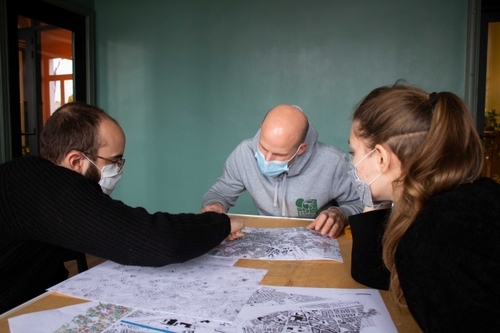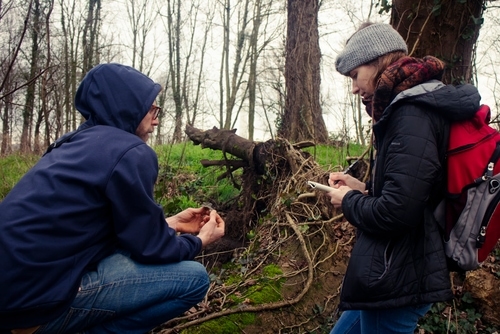Our research started by the discovery of a particular space, an
“Adventure Construction Playground” near the center of the city. The water surrounding the park was ideal to immerse the children in their own world. The parents are not allowed to enter the island, and must stay on the mainland.
We were told that before this part of the park was taken over by this inspiring initiative, it was actually a moated farm. Intrigued, we researched into historic references to see what it would have looked like. That was where we discovered that this typology was a recurring event throughout the territory.







.jpg)



.png)





























